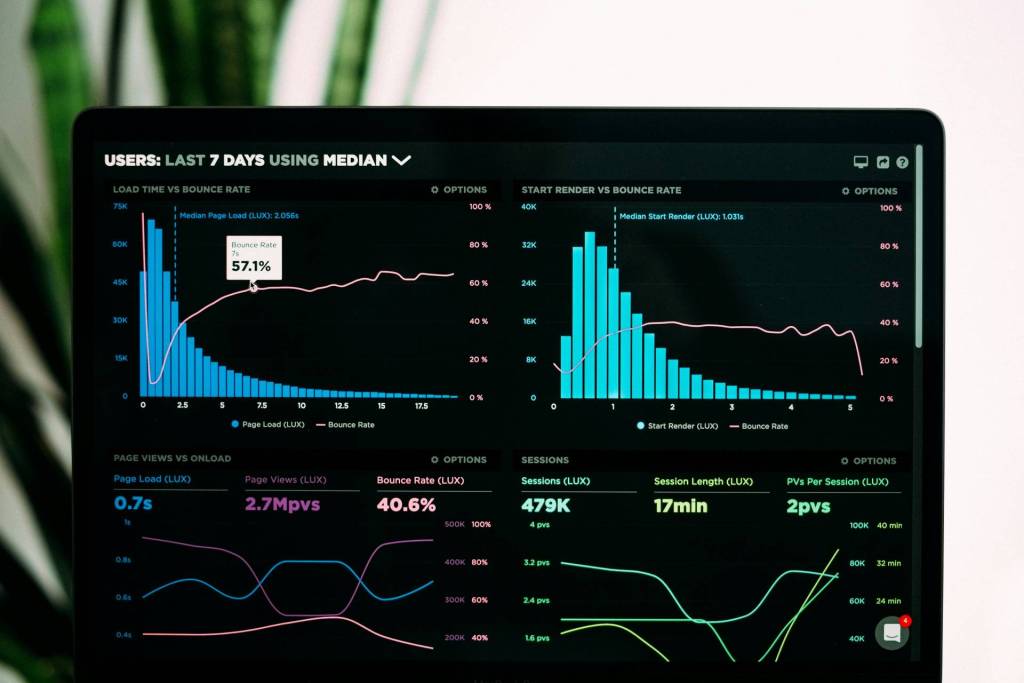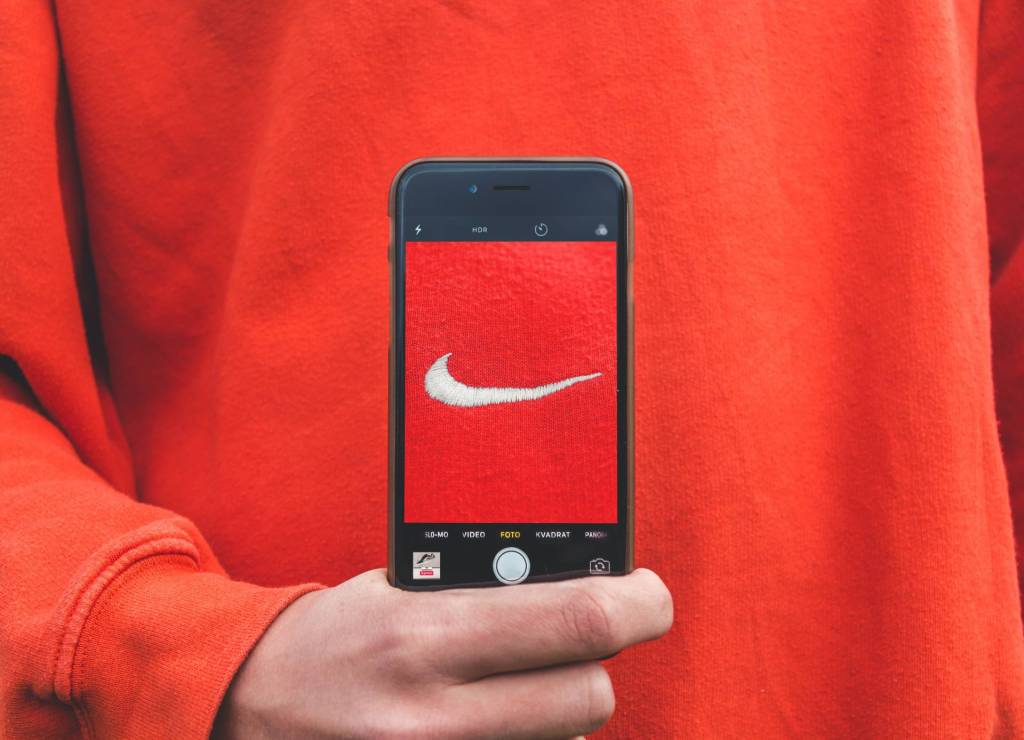Today, I spoke with John Gerzema, who is the Chief Insights Officer for Young & Rubicam Group and an author. We discuss the three main challenges marketers face in today’s marketplace, what the brand bubble is and how to measure it, as well as his five-stage model for brand creativity and change. John, then gives us his perspective on personal branding.
What challenges do marketers have these days? How are they different than years ago?
Marketing is facing a convergence of forces:
- First the Fragmentation of everything — of channels, choice, modes and mediums means it’s no longer possible to build a brand on the back of mass media, the way we did in previous decades.
- Second, because of Social media (collaboration, communication and sharing… social networks, applications and consumer generated media), consumers rely on each other more than brands.
- And Personalization (products, experiences, mass customization and micro-addressability) means there are no USP’s anymore. A brand has a myriad of potential appeals to be personally relevant.
All of these new phenomena accelerate the decay in brand equity. Consumers are quicker to punish uninteresting brands. Marketing must adapt because brands have nowhere to hide.
What is the Y&R’s Brand Asset Valuator (BAV) and what key research have you found on brands?
BrandAsset Valuator is the world’s largest continuously updated study of brands. We’ve invested over $ 115 million dollars and each year we interview over 500,000 consumers in 44 countries. We’ve tracked consumer perceptions of over 40,000 brands since1993. In fact, we’ve opened up the database for anyone to research hundreds of brands in our study.
What is the brand bubble and why do you think it will burst soon? What can we do today to prepare for it?
“We believe another crisis is brewing on Wall Street: The financial markets think brands are worth more than the consumers who buy them.”
Main Street offers a different view of brands than Wall Street: While brand value increased 80% in three decades, brand awareness declined 20% — brand quality eroded by 24% — trust in brands declined by a staggering 50%. And 85% of brands were either stagnant or declining in brand differentiation.
[youtube=http://ca.youtube.com/watch?v=hixzdC9Sne0]
The first thing we must acknowledge: This is not a brand problem; it’s a business problem. When consumers fall out of love with brands, shareholder value is at risk. CEO’s are leveraging their brands to make promises of future earnings to shareholders. Today, brands are 30% of the market cap of S&P 500, or almost $ 4 trillion dollars. The 250 most valuable brands are worth $ 2.197 trillion dollars, which exceeds the GDP of France. Even the world’s top 10 most valuable brands are larger than the market capitalization of 70% of U.S. public companies. So we’re advising clients to completely re-think marketing from a cost of doing business, to a fiduciary responsibility to shareholders.
The 21st century CEO must be the ‘Brand Manager in Chief’. The best CEO’s think like CMO’s. And the best CMO’s must think like CEO’s. Together, they must bring marketing to the forefront of business strategy in order to access and integrate other functions of the business.
“Marketing isn’t a department, but a way of thinking across the company. Marketing is now everyone’s concern and a business imperative, as important as any strategic function in the enterprise.”
What is your five-stage model for brand creativity and change?
In the book we walk the reader through a five-stage model to drive the brand through their organization and to collaborate from the standpoint of what the consumer wants and what the brand needs. This process involves the entire enterprise recognizing that the brand imperatives are one and the same as the organizational imperatives. Every department and division, including outside vendors, suppliers, partners – everyone in the brand’s value chain – plays a role in fueling the energy of the brand, by contributing creativity and ideas that lead the brand forward. The company has to become what we call an Energy-driven Enterprise, and this especially means that the entire company has to become marketing-led, not just a company with a marketing department.
Most importantly, in developing the process to ignite energy into their brands, we identified what we call the Five Laws of Energy. These five laws now govern the new ConsumerLand, where consumers have new demands and unparalleled power. These five laws help enterprises re-examine how they approach and implement their creativity, their messaging, their flexibility and ability to evolve their brand, their approach to marketing, and their use of strategies and tactics.
Do you have any tips for people wanting to create personal brands? You can use some of the research you’ve already discovered to answer this question.
The same laws apply for personal brands as any brand — Have a unique point of difference (your differentiation) and continuously innovate around it (energy). Today’s social media and fragmentation described above offer any individual extraordinary opportunity to brand themselves and gain a following quickly. The key as with any brand is to also have integrity and ‘walk your talk’. So the brand promise —the person’s content, delivery and dialogue are all critical factors to providing a brand experience that consumers believe is unique and enduring.
——-
John Gerzema is Chief Insights Officer for Young & Rubicam Group. He is the author of The Brand Bubble. One of the early founders of account planning in American advertising, John has guided brand strategies to global business and creative acclaim. Previously, John ran Fallon’s international network and founded offices in Tokyo, Singapore, Hong Kong, and Sao Paulo. He holds a master’s degree in integrated marketing from the Medill School of Journalism at Northwestern University and a B.S. in marketing from The Ohio State University.












